
Mikodam Wall Cladding
Mikodam Wall Cladding is a modern wall covering system that really makes a statement. By using Mikodam architectural panels, builders, architects, interior designers, homeowners and business owners can transform a regular room into something extraordinary.
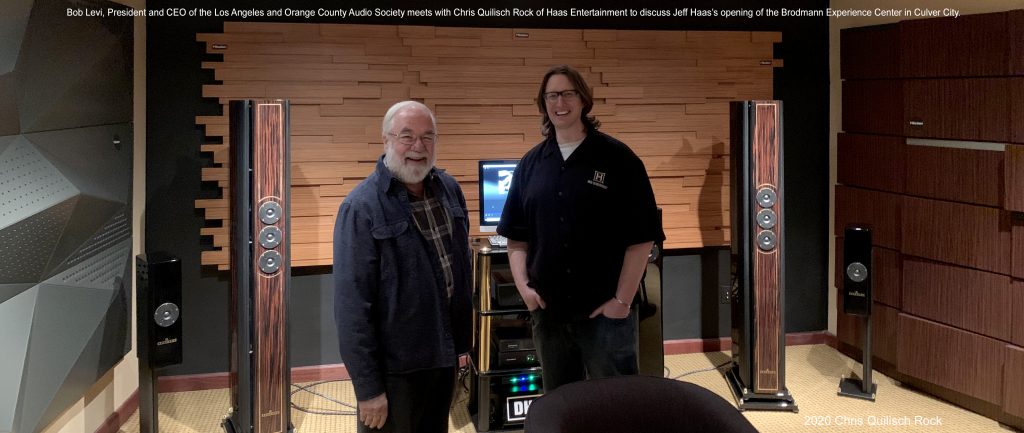
Form follows function
Every bit as important as something looks is what it does. With Mikodam wall cladding, form follows function. The shapes, angles and dimensions of the coverings provide an acoustic signature that is remarkable in the way it controls sound.
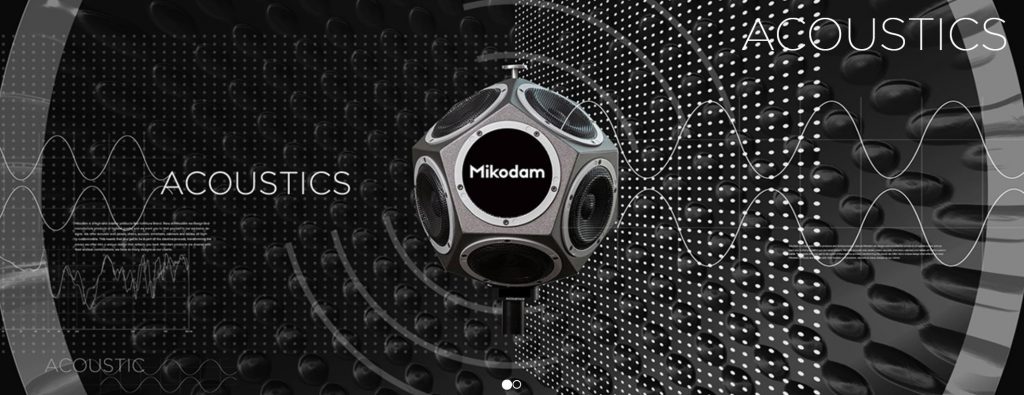
Acoustics of Wall Cladding
Every second, you hear sounds, embedding them into your mind. Uncontrolled, these sounds self-pollute with reverberations and explosions. Acoustics is an important issue that determines the quality of the sounds we hear and feel. It is usually an undermined subject which can either be solved by custom designs that are time and resource consuming or it is usually left unsolved. In the search for quality, Haas Entertainment brings a solution to the issue of acoustic clarity with Mikodam panels: Choosing from perforations, materials and surface textures as well as three dimensional options, you can reach acoustically and aesthetically pleasing environments. The forms Mikodam offers are shaped with acoustic calculations and aesthetic requirements. The isolators located between the rails and the walls stop the vibrations from spreading and prevent undesired resonances.
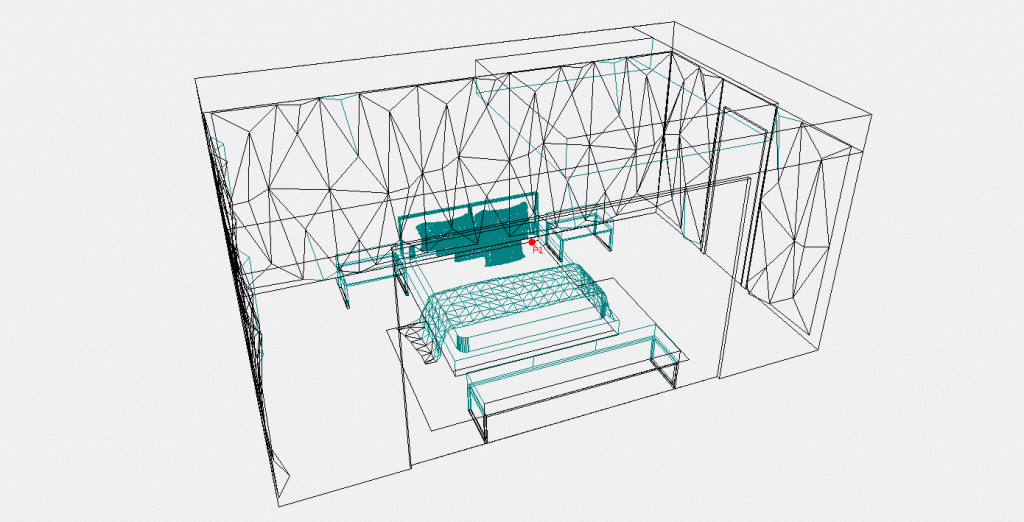
Reflection, Diffusion, Dampening & Absorption
Sound science is a fascinating field. The basic elements are simple but, as with most sciences, the deeper you go the more complicated it gets. The four main characteristics required by materials in order to shape sound are reflection, the portion of the original sound wave that will stay contained to the enclosed area, diffusion, the scattering of sound waves, dampening, the de-intensifying of sound waves, and absorption, the process by which a material or object takes in sound energy.
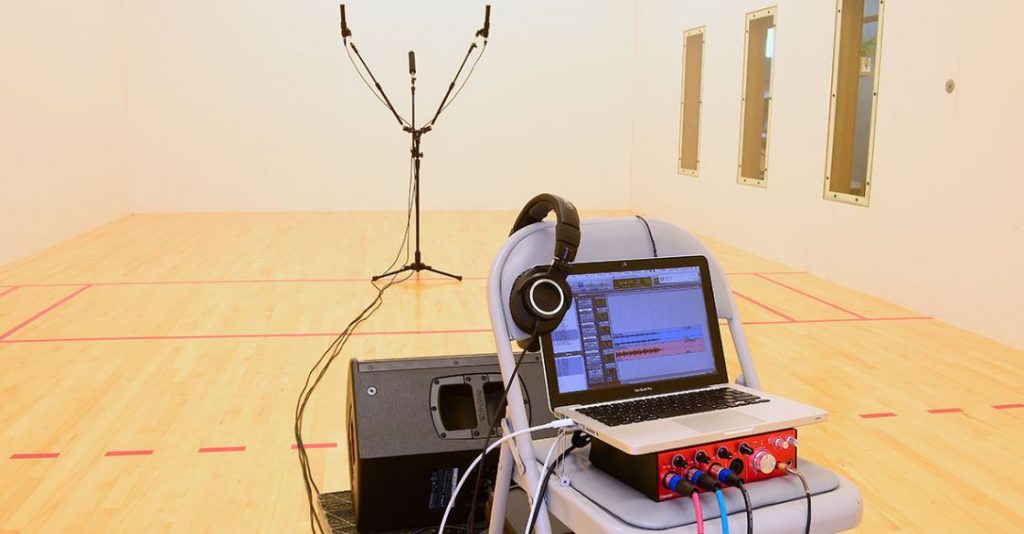
I like to tell people to imagine they are in a racquetball court. This is perhaps, the worst possible acoustic environment. With six perfectly flat walls surrounding you, it’s difficult to hold a conversation because of the echos. In fact, the louder one speaks, the more difficult it is for the other to hear.
Contrast that with an anechoic chamber. With zero sound reflections, hence “an-echo”, the sound is completely dead and without character.
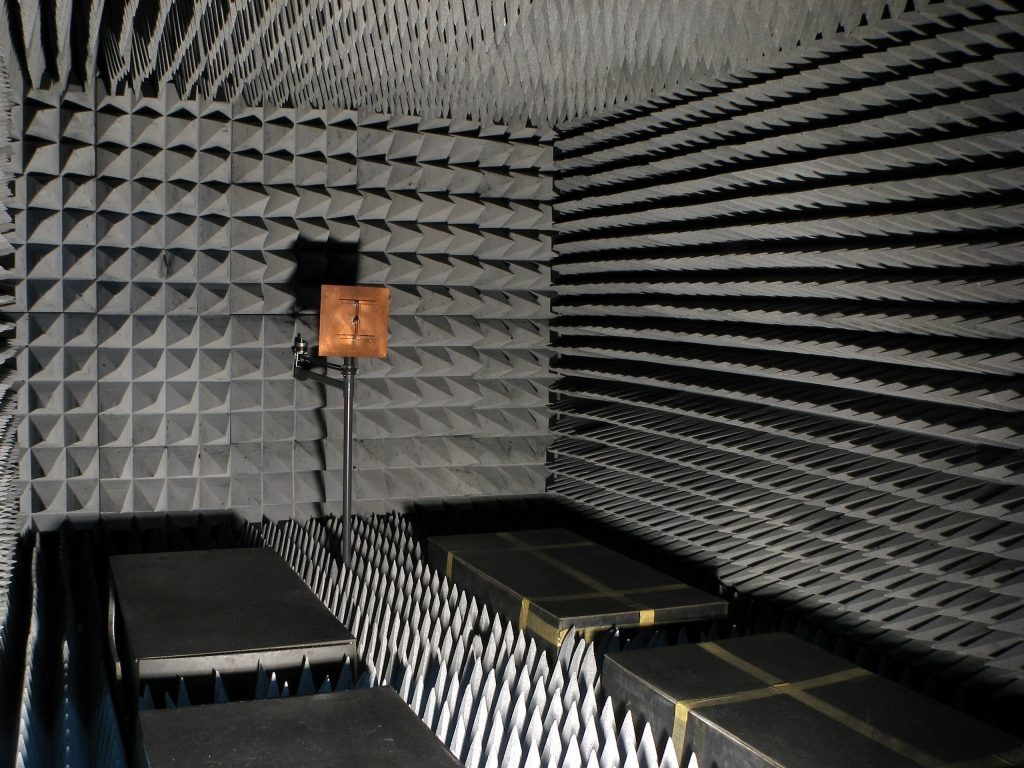
The Solution
The solution is to create a room that combines sound diffusion, sound dampening and sound absorption in balanced amounts so as to remove ill-timed sonic reflections. Flat walls create strong sound reflections. Strong reflections generally make vocals less intelligible and nuances in music less discernible. A complete lack of reflections make music and voice sound “dead” and un-lifelike.
Mikodam uses a combination of material shape, density, absorbative coefficients and shape facets to break up sound reflections into smaller pieces. The facets angle at various degrees to change the reflective direction of the sonic packet, forcing it to arrive at the user’s ear at different times. This time, often measured in micro-seconds (millionths of a second) is discernible to the human brain. Audiophiles and sound experts sense it instinctively. For reference, 100 millisecond (thousandths of a second) is enough for a lay-person to tell if the lip-sync is off during a movie.
Importance of acoustics
We believe that acquiring true interior quality (or quality in any subject) requires multiple elements that are of high quality. Acoustics being one of these aspects can affect the entire experience of a person in a certain space, public or private.
https://www.mikodam.com/category/wall-claddings/acoustics
How a certain space should be treated to reach the aimed acoustic quality is affected by elements such as the size of the space, the number and intensity of the sound sources, the number and angles of the surfaces forming the space, the materials used on each surface, and how the sound travels within the space. The adjustments made regarding all these factors in order to reach the desired quality of sound are acoustic alterations. Concert halls, conference halls, meeting rooms, home theaters, spaces for listening to music, restaurants and bars, spaces where video games are played, spaces designed for virtual reality experiences, entertainment spaces… all have different acoustic scenarios. Each have different acoustic needs that should be handled carefully.
The size of the space
https://www.mikodam.com/category/wall-claddings/acoustics
The size of a space plays a role in acoustics determining how far the sounds can reach. Possible results are that the sound cannot reach all parts of the space equally, the sound cannot reach furthest parts in the space, the sound reaches all borders with high intensity causing sound explosions, or the sound collects, resulting in echo.
Sources – instruments, humans, environment, speakers – release sounds in different frequencies, angles, intensities and propagation speeds. For different scenarios the number and location of sources differ. For instance, while stereo systems are preferred for listening to music, surround sound systems are chosen for home theatres. Surround sound systems deliver the sound to their audience from sources with different positions and angles creating an acoustic experience that is closer to reality increasing the effect sound has on the audience.

Aesthetics of wall cladding
Aesthetics are important. Mikodam wall cladding must look good. If you think they look good in pictures, wait until you see them in real life. Better yet, touch them. The wood has real weight to it and there are plenty of choices with regard to color and finish.
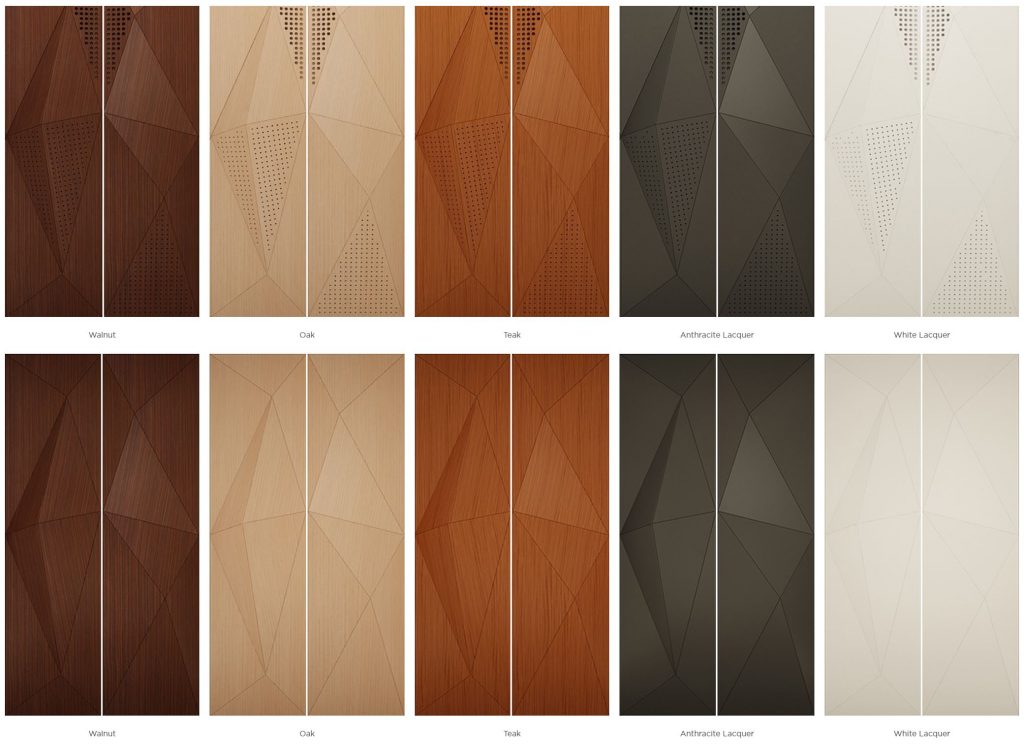
Architects & designers can select between modern and more traditional styles with polygonal shapes & rectangles like SAPA or they can go avant garde with emotionally stimulating organic shapes like HAZA that mimic the undulating shapes in nature. That style even has hidden lighting to accentuate the curved nature of it’s form.


To see Mikodam firsthand, visit the Haas Entertainment showroom in Culver City.
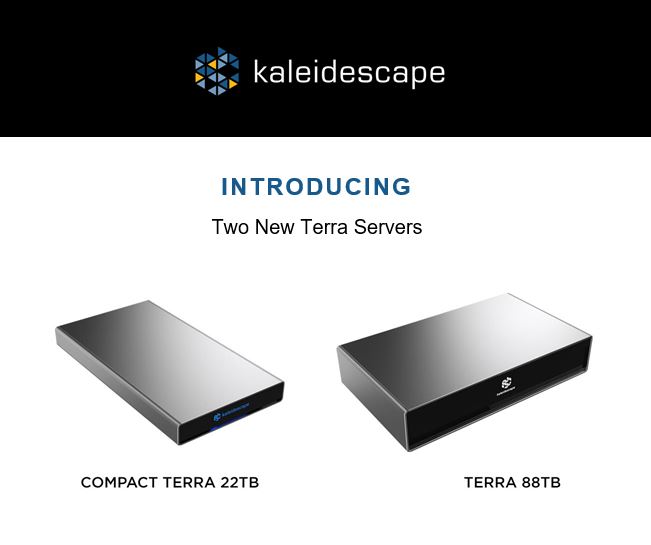

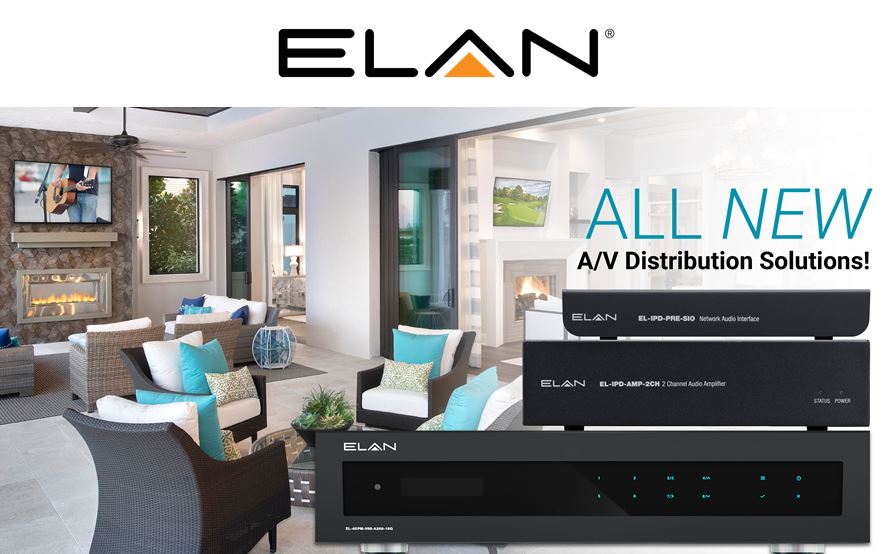
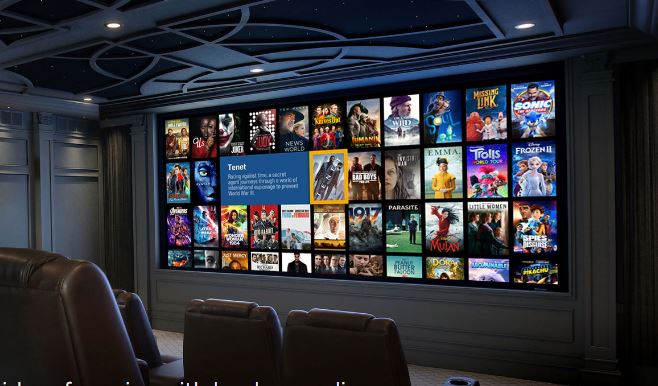

Leave a Comment